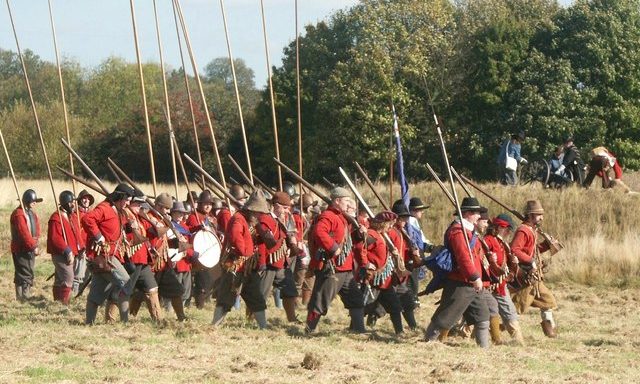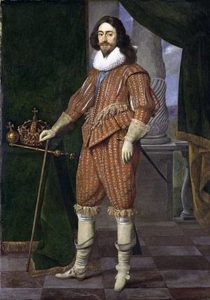
The English Civil War
The English Civil War took place in the middle of the 17th century and was a struggle between different religions for dominance, along with a struggle between the monarchy and Parliament.
“Across the country as a whole, it was religion which ultimately divided the two parties. Puritans everywhere supported the Parliament, more conservative protestants – together with the few Catholics – supported the King.” (Stoyle, bbc.co.uk/history, 2011)

Parliament’s army, known as the ‘Roundheads’, eventually defeated the King’s forces, called the ‘Cavaliers’, and King Charles I (1600-49) was publicly executed for treason in 1649. This was delayed a few hours while Parliament hurriedly put through a Bill to stop his son (Charles II (1630-85)) from immediately inheriting the throne. However, Oliver Cromwell‘s Republic eventually failed, the monarchy was reinstated in 1660 with the return of King Charles II to the throne in a period called ‘The Restoration‘.
There are several re-enactment societies who commemorate various battles of the Civil War on the anniversary dates. The photograph above shows one such society re-enacting the siege of Bolingbroke Castle in Lincolnshire which took place in the autumn of 1643.
(Top image: Dave Hitchborne at geograph.org.uk / CC BY-SA 2.0)
